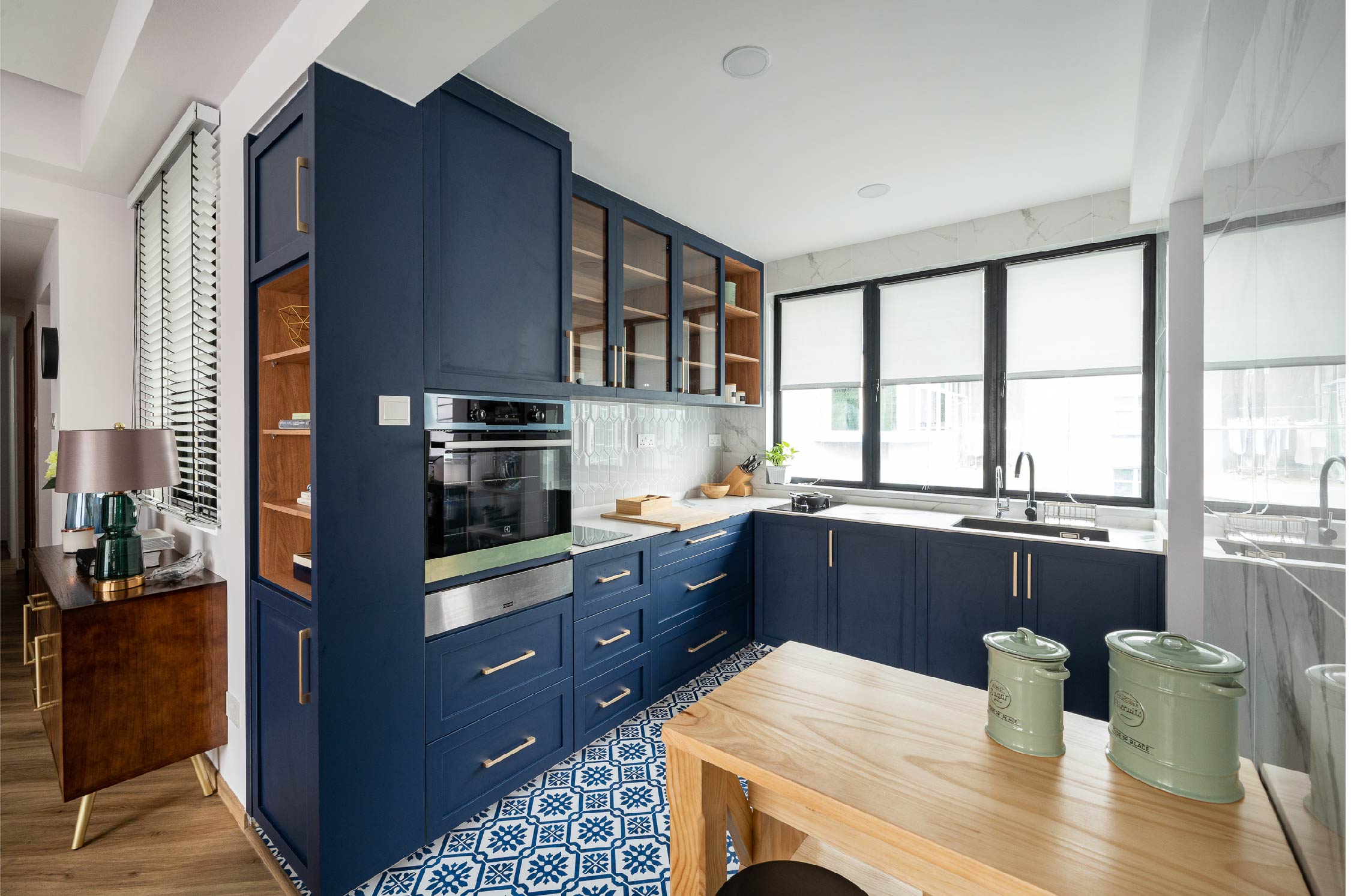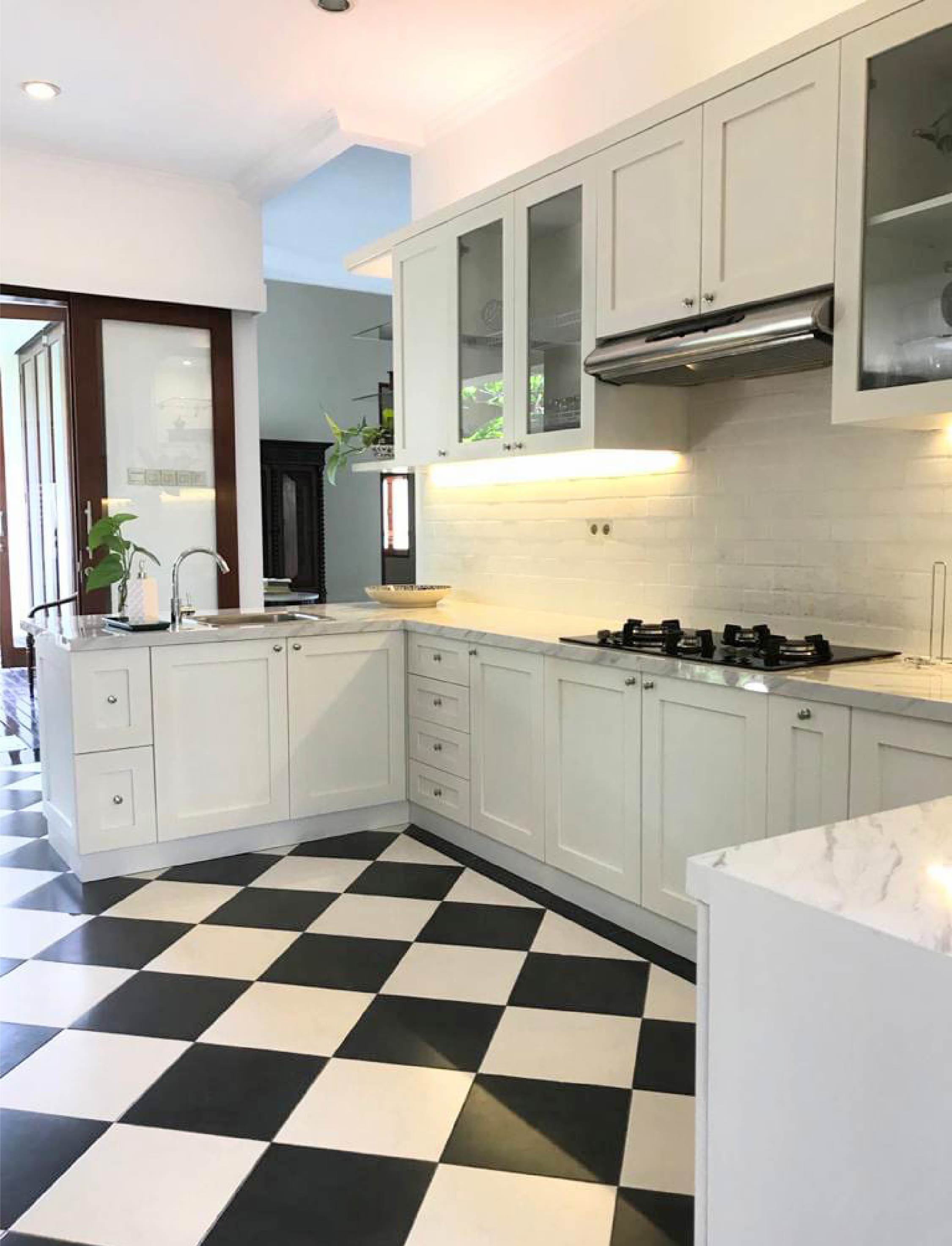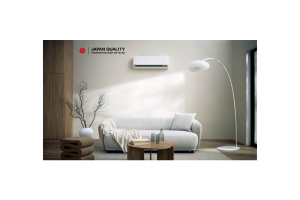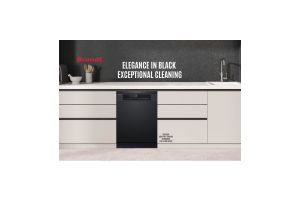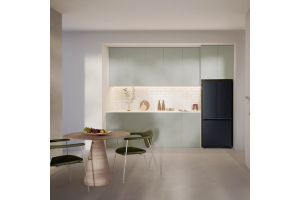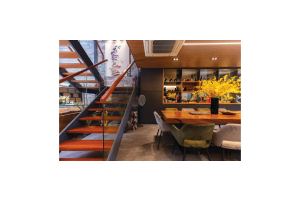Freestanding VS. Built-in: which is better
In terms of kitchen appliances, both have advantages and disadvantages, says one interior stylist.
When it comes to kitchen appliances, are you Team Freestanding or Team Built-In?This might be something you’ll have to think about if you’re creating your dream kitchen or remodelling your current one. Both types of appliances have their advantages and disadvantages. Which type you end up choosing depends on your budget, how you want to use the appliances (and how often you use them), your kitchen layout, and what look or design you’re planning for the space. Before going over the pros and cons of freestanding and built-in appliances, it’s important to understand the main differences between the two.
Freestanding appliances are complete appliances that are not attached to kitchen units. They have their own finished sides, are transportable and can stand on their own. In contrast, built-in (or integrated) appliances are embedded partially or completely within your cupboards. As their doors are usually fixed to the cupboard door, they tend to be hidden from view and thus blend in effortlessly with your kitchen cabinetry and units.
Patria Ramadha, an interior stylist and Founder of PATRIA Home & Décor, discusses the advantages and drawbacks of freestanding and integrated kitchen appliances.
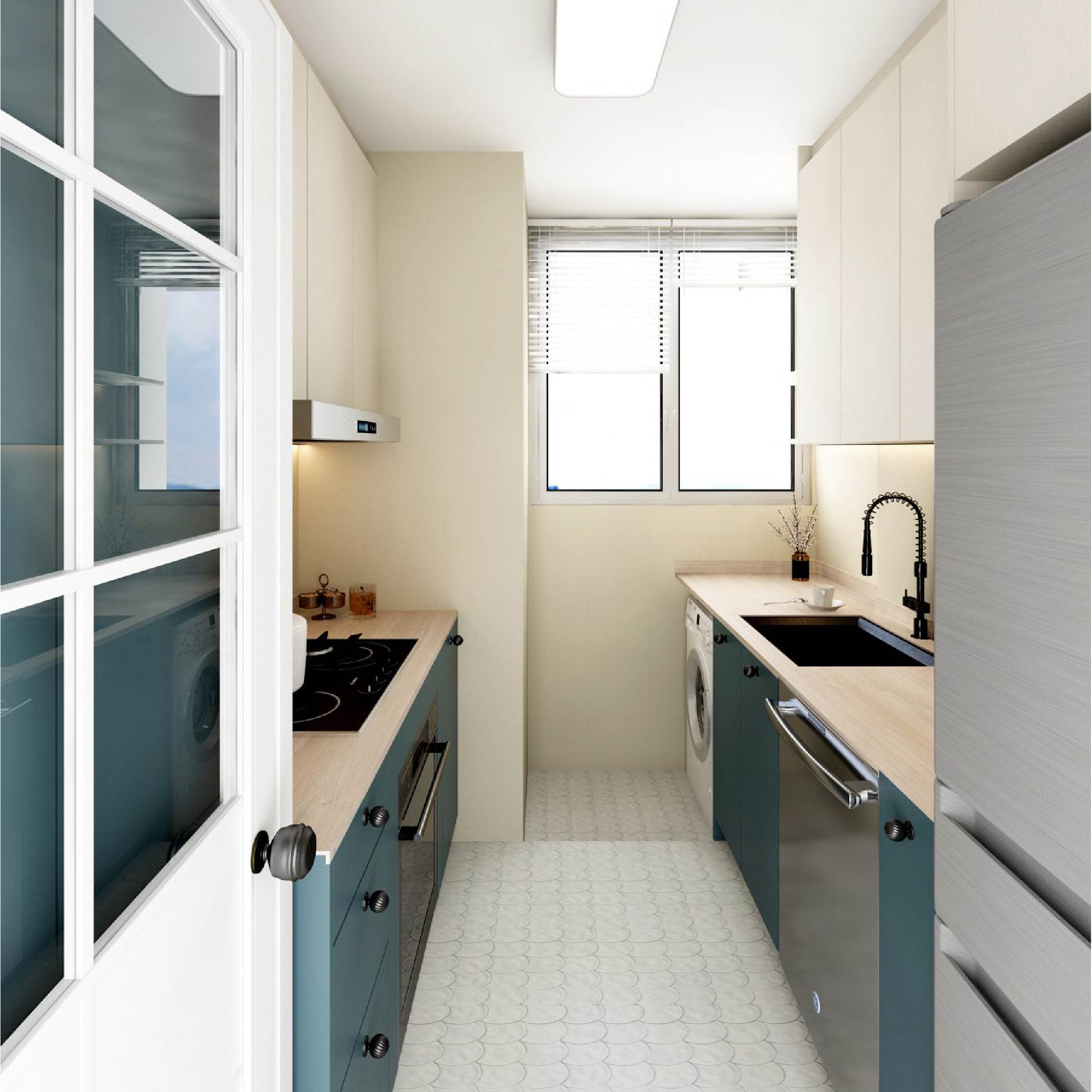

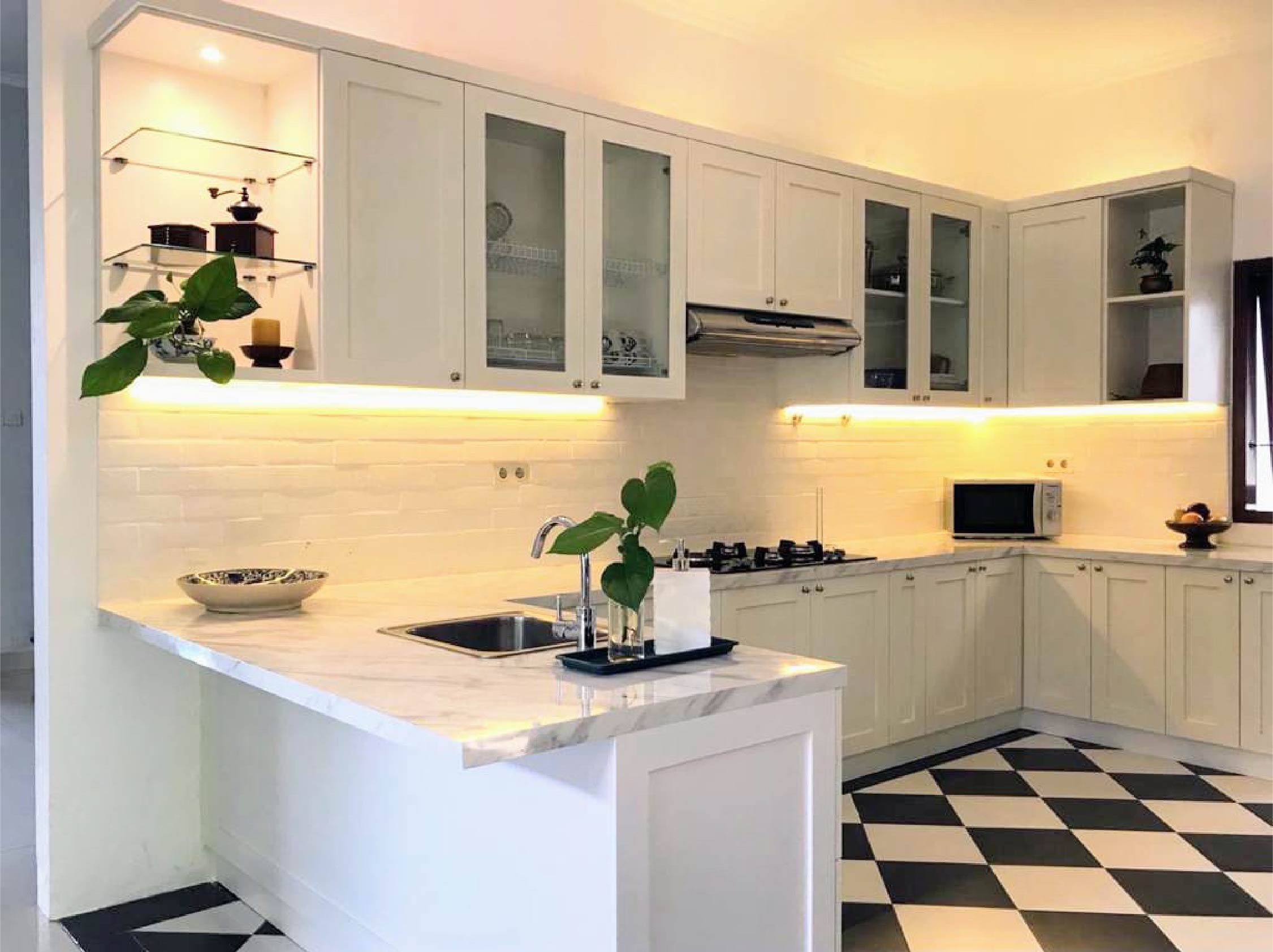

Freestanding appliances
The advantages:
They tend to be more affordable than built-in appliances. This is good news for homeowners who have to follow a strict budget. They’re more versatile as you can choose from a variety of brands and designs. You also have the option to mix and match different products to suit your needs and design plan.
You enjoy more flexibility as the appliances are transportable, so you can reposition them, rearrange them or relocate them if you have to move. Repairs and maintenance are also easier compared to built-in appliances.
They don’t require any custom fitting or additional cabinetry and are easily fitted by a non-professional.
The disadvantages:
Visually, they may not look as sleek or as neat as built-in appliances. Depending on the appliances and how they are positioned, they can create a sense of clutter or disjointedness and may interrupt the visual flow of your kitchen.
They take up more storage and counter space compared to their built-in counterparts, so you may not be able to conceal clutter so easily.
Built-in appliances
The advantages:
You can create your own customised design for a look that’s more appealing and unique. If you like the “minimalist” look or have a particular colour scheme in mind for your kitchen, then builtin appliances may suit you.
They make your kitchen look neater and eliminate “visualclutter” because they’re hidden behind matching cabinetry and are pretty much undetectable. They offer more storage space compared to freestanding appliances.
They are a selling point and may add value to your home because they tend to make a kitchen look more stylish, modern, sophisticated and well-coordinated.
The disadvantages:
You can’t take integrated appliances with you if you move house – this means you’ll have to purchase appliances all over again for your new home.
Expect to pay more for custom installation and professional labour (for fitting the appliances and building extra cabinetry). These costs can and do add up.
